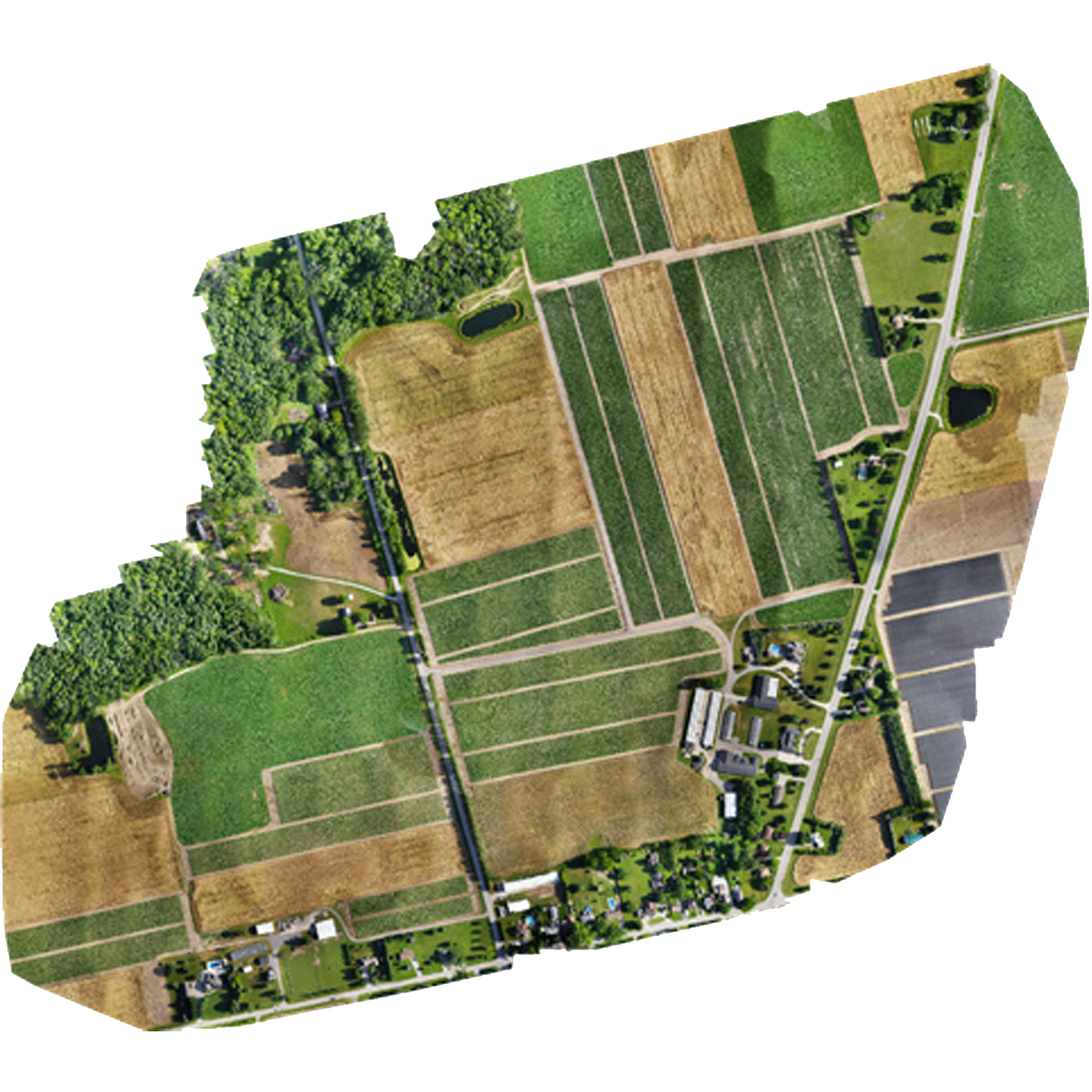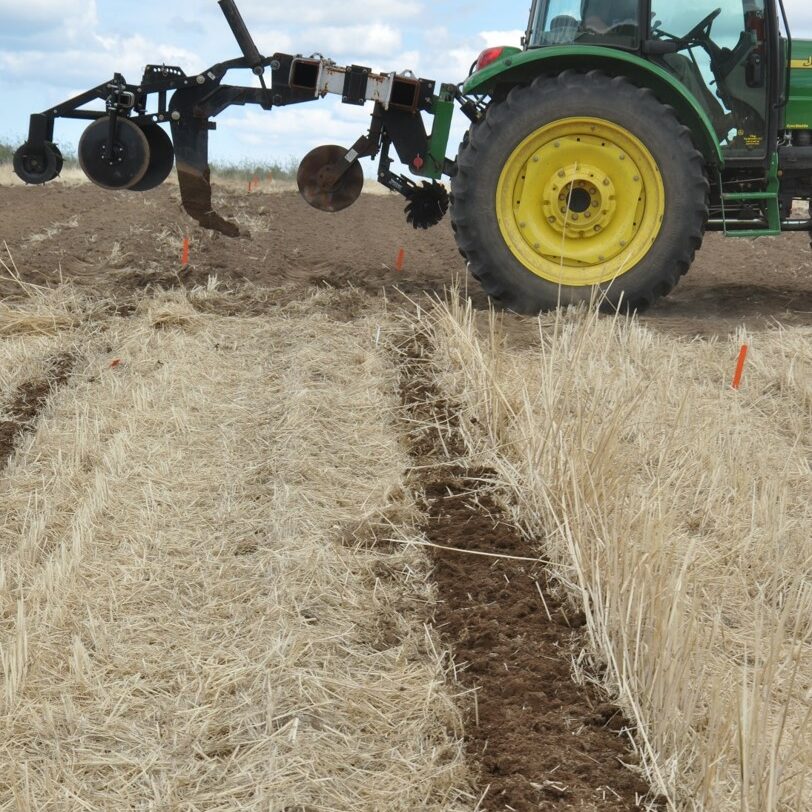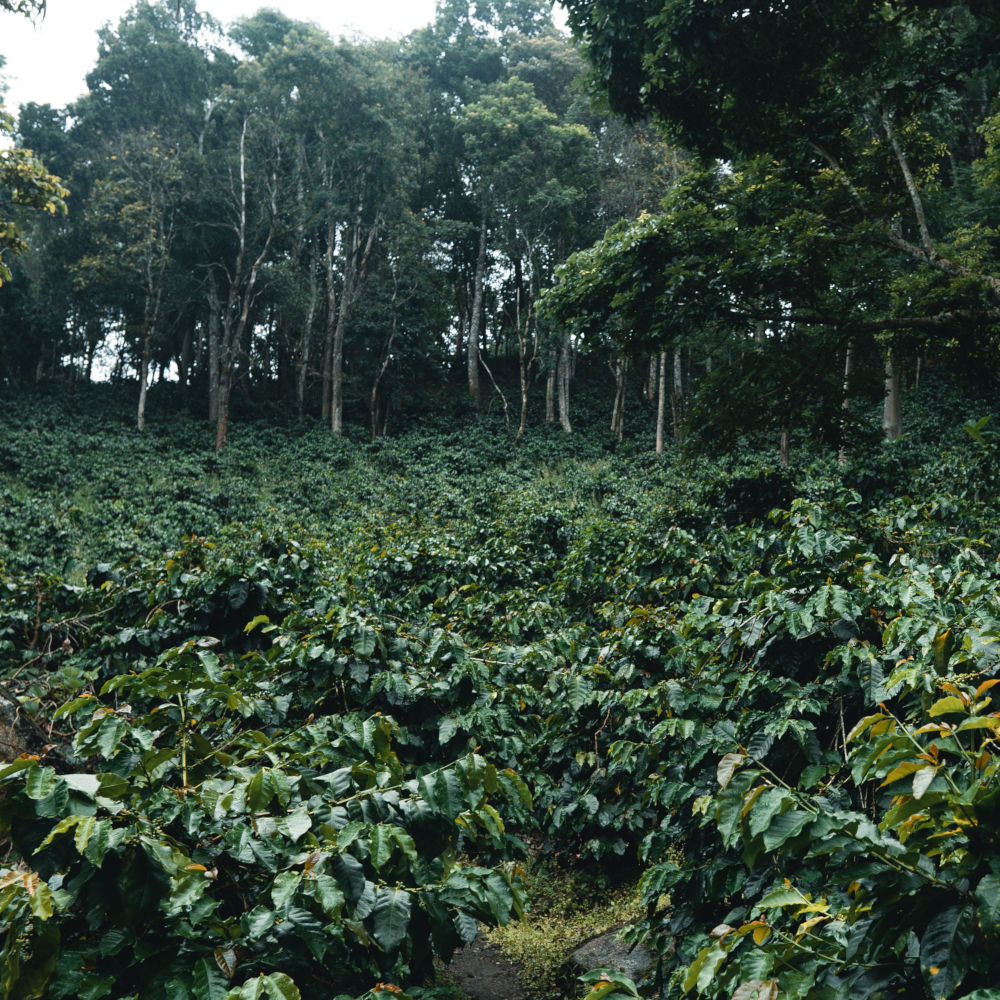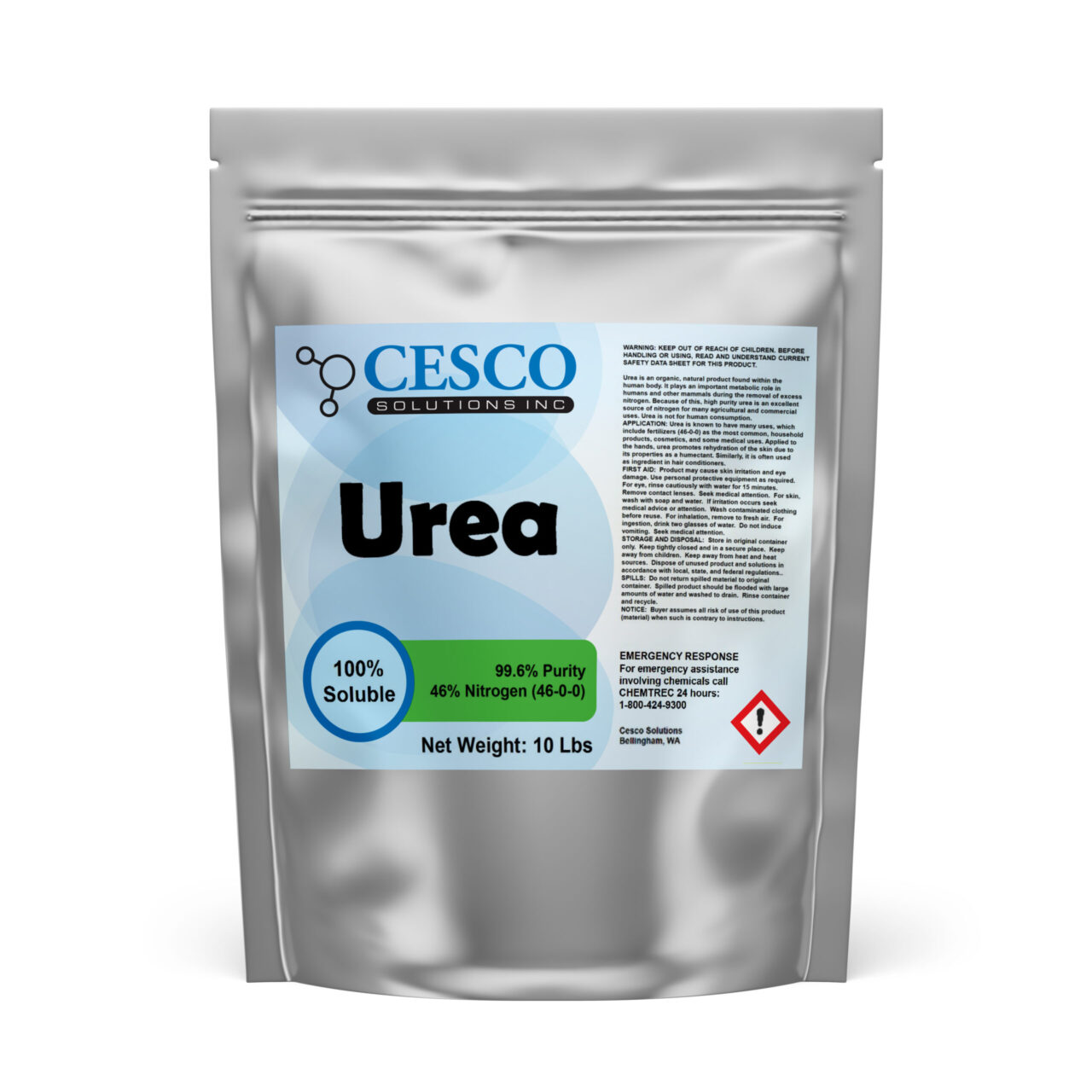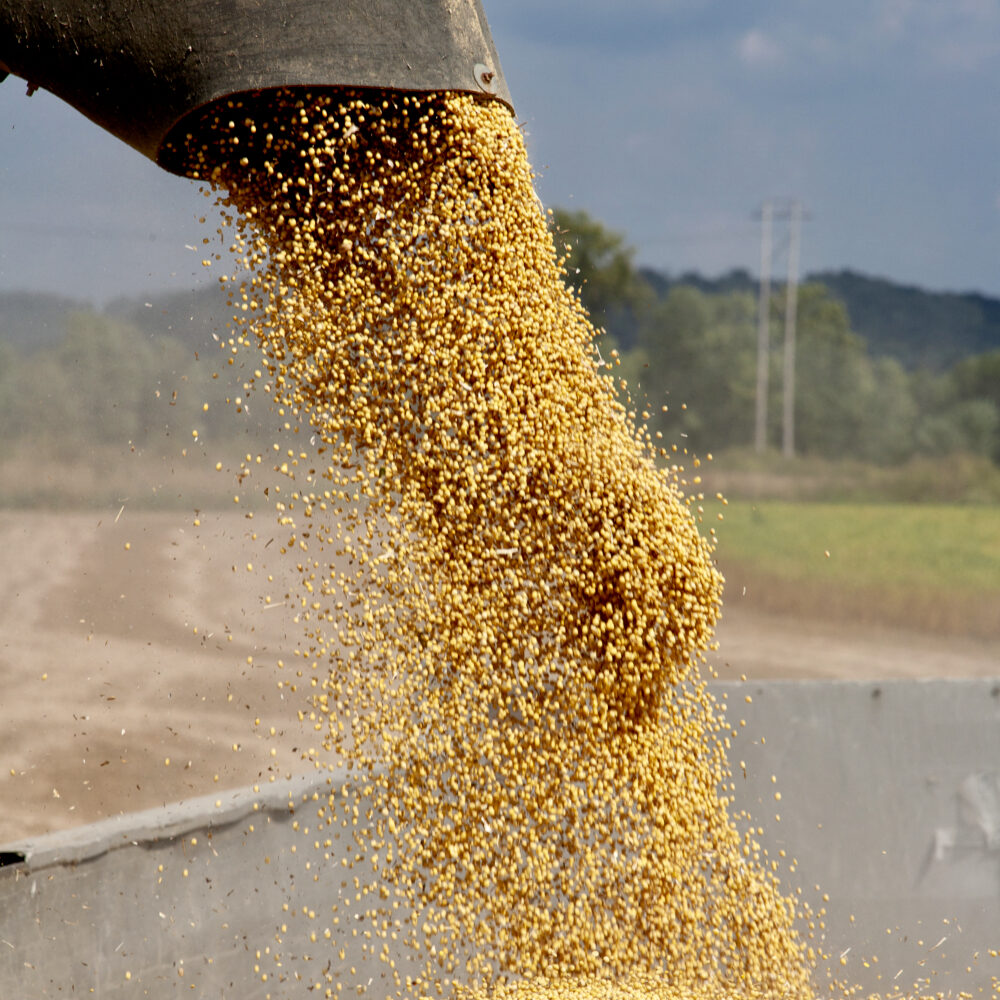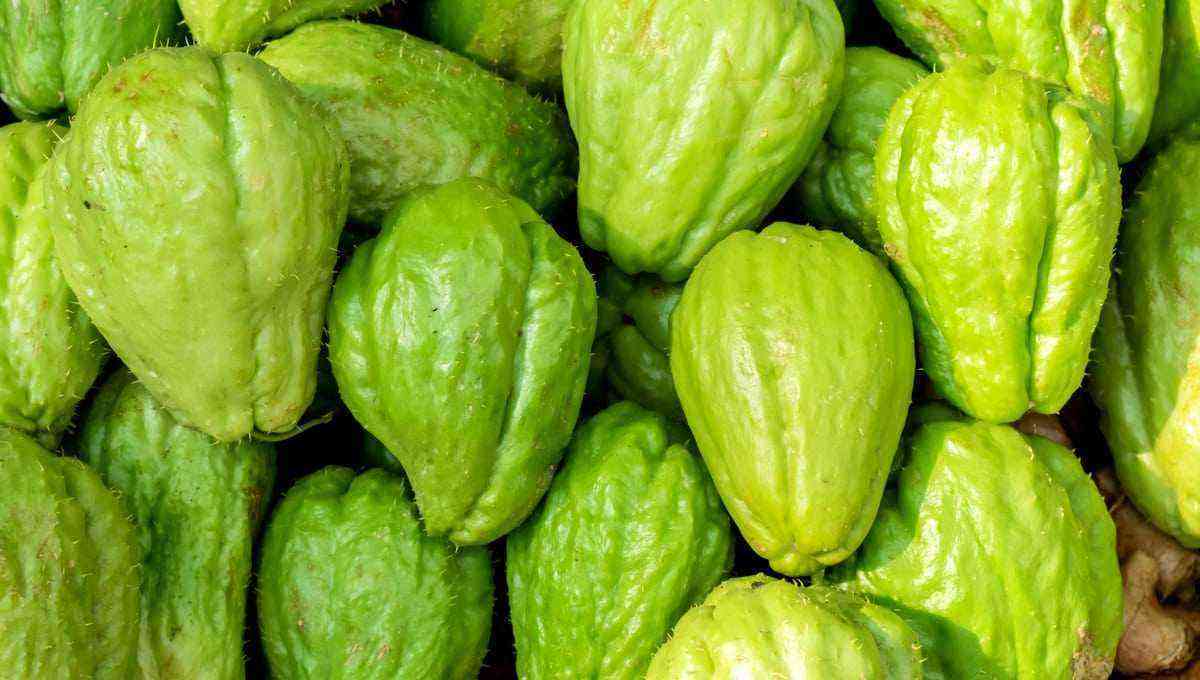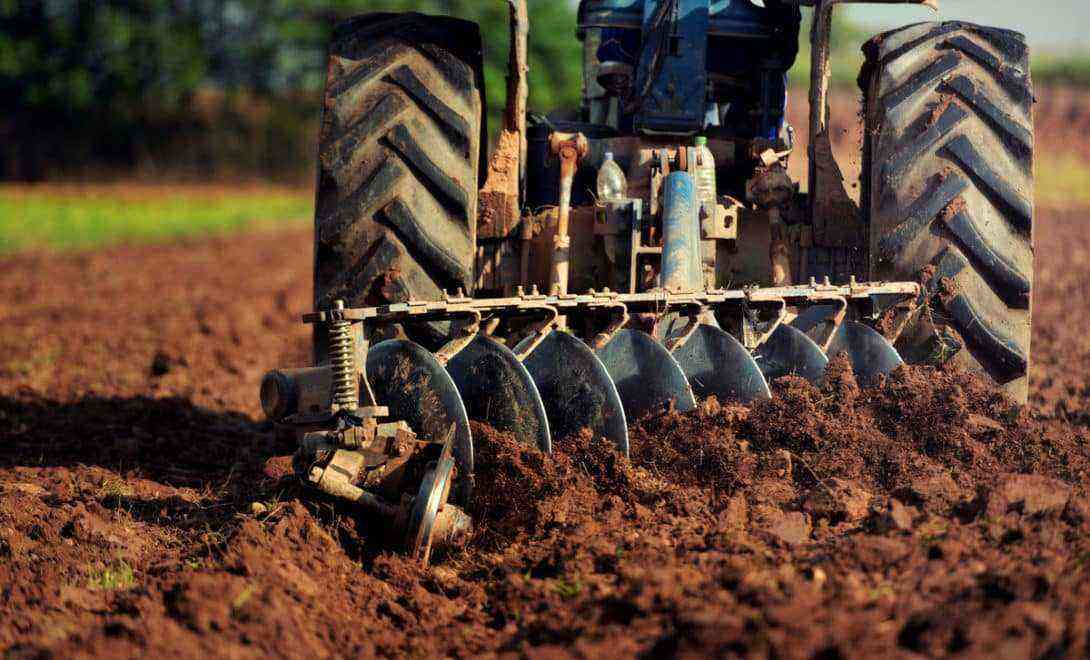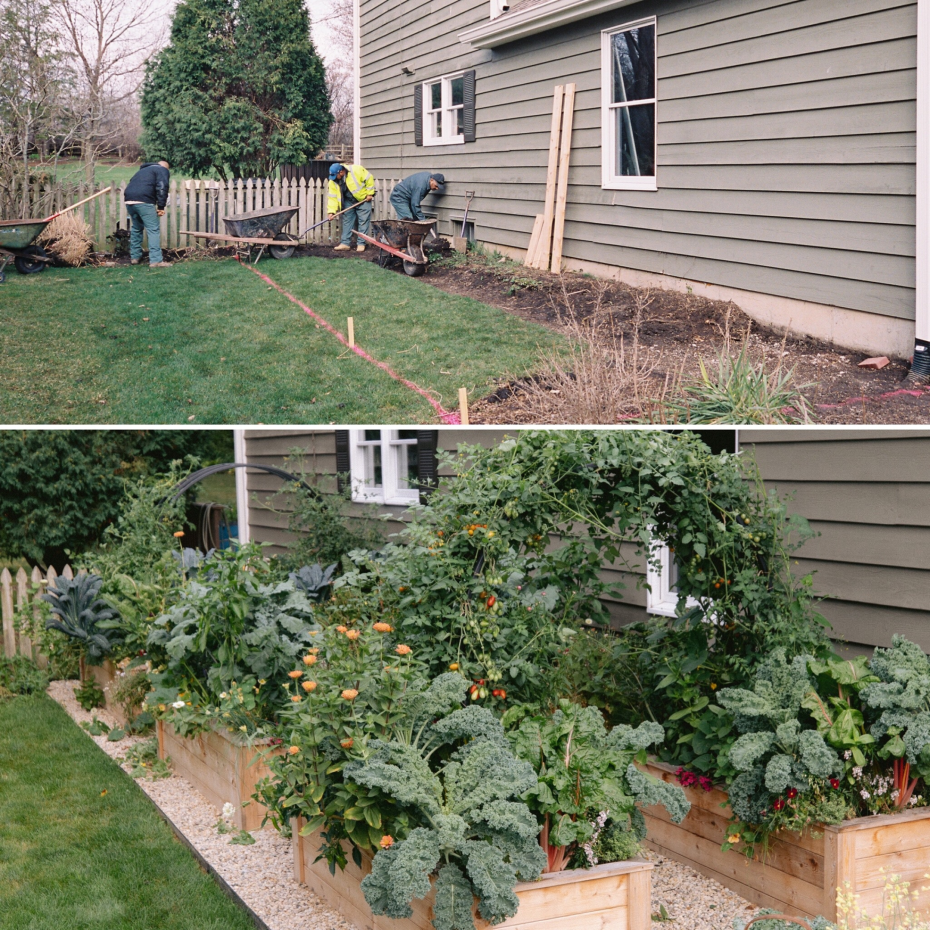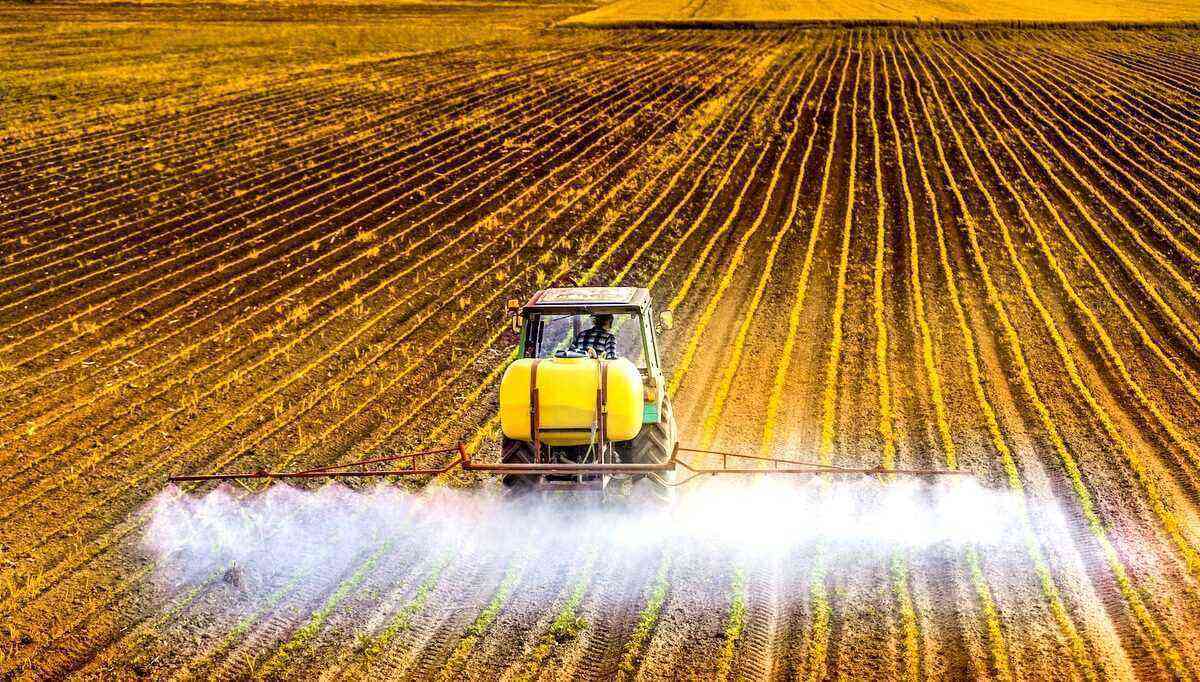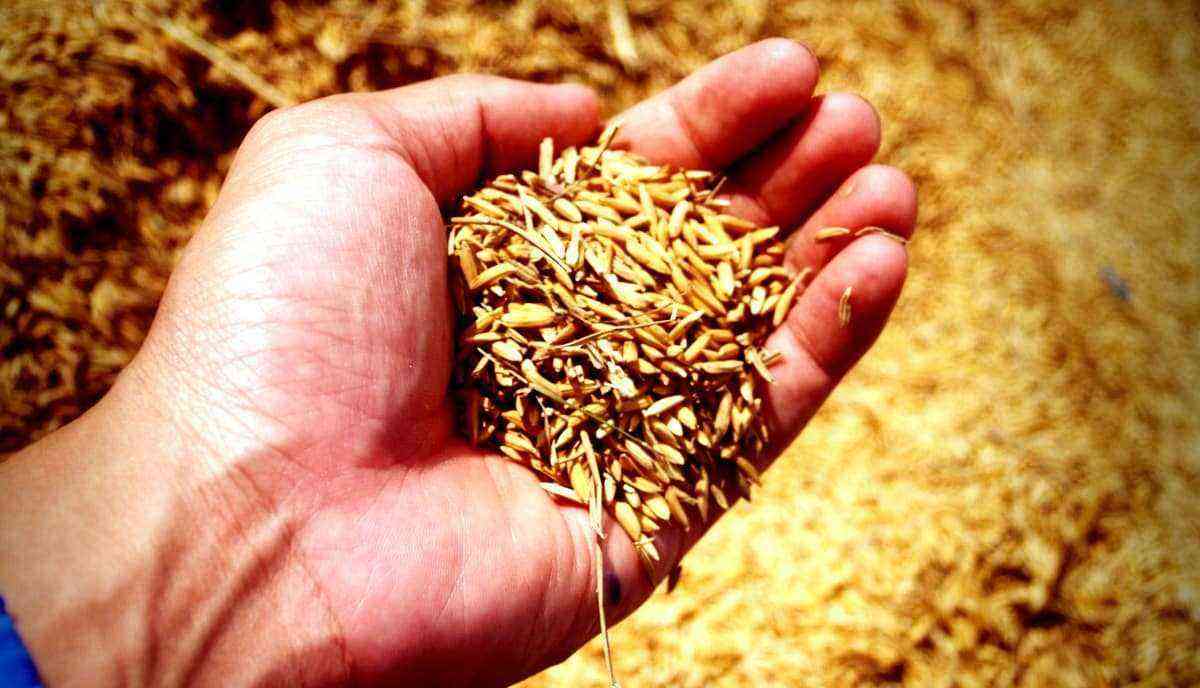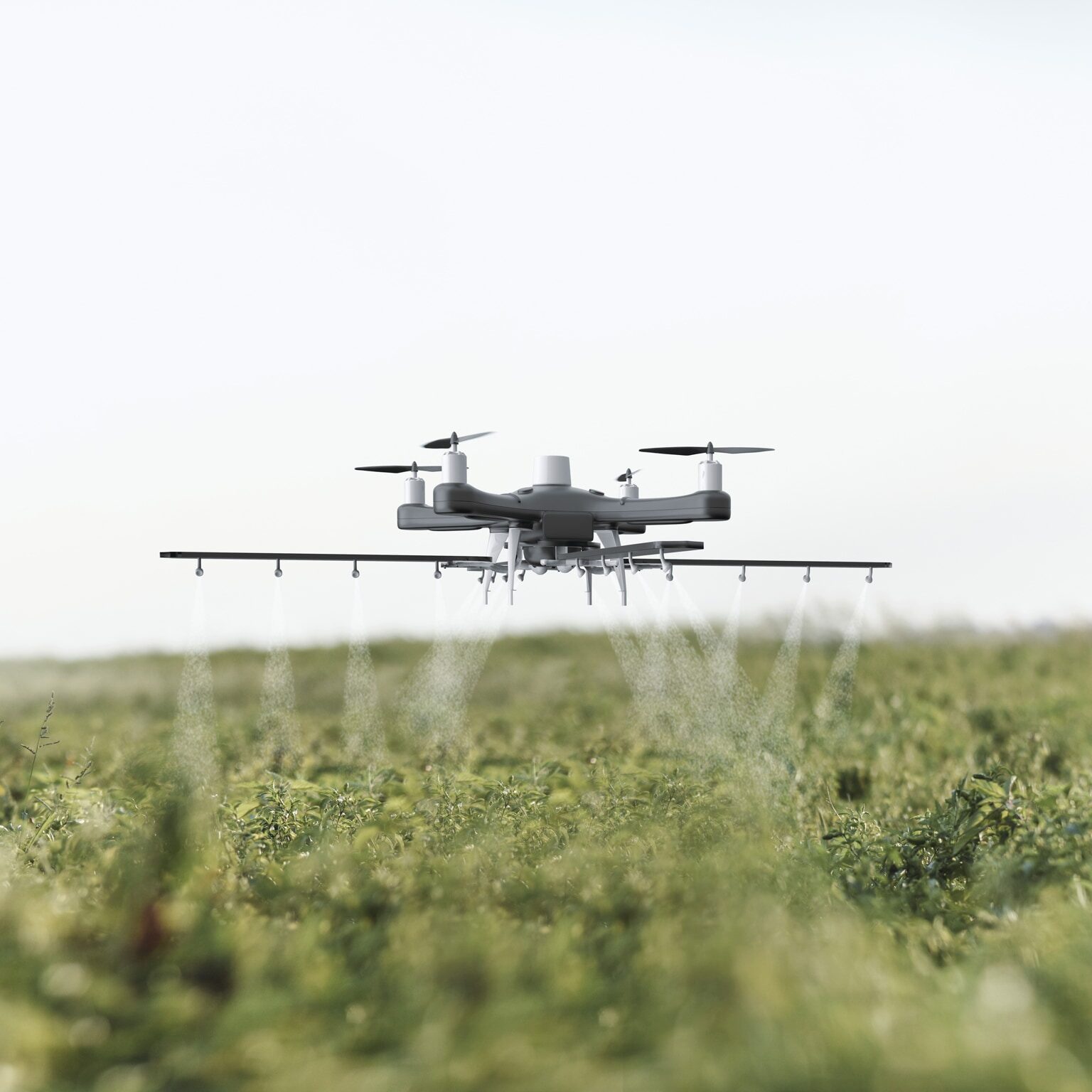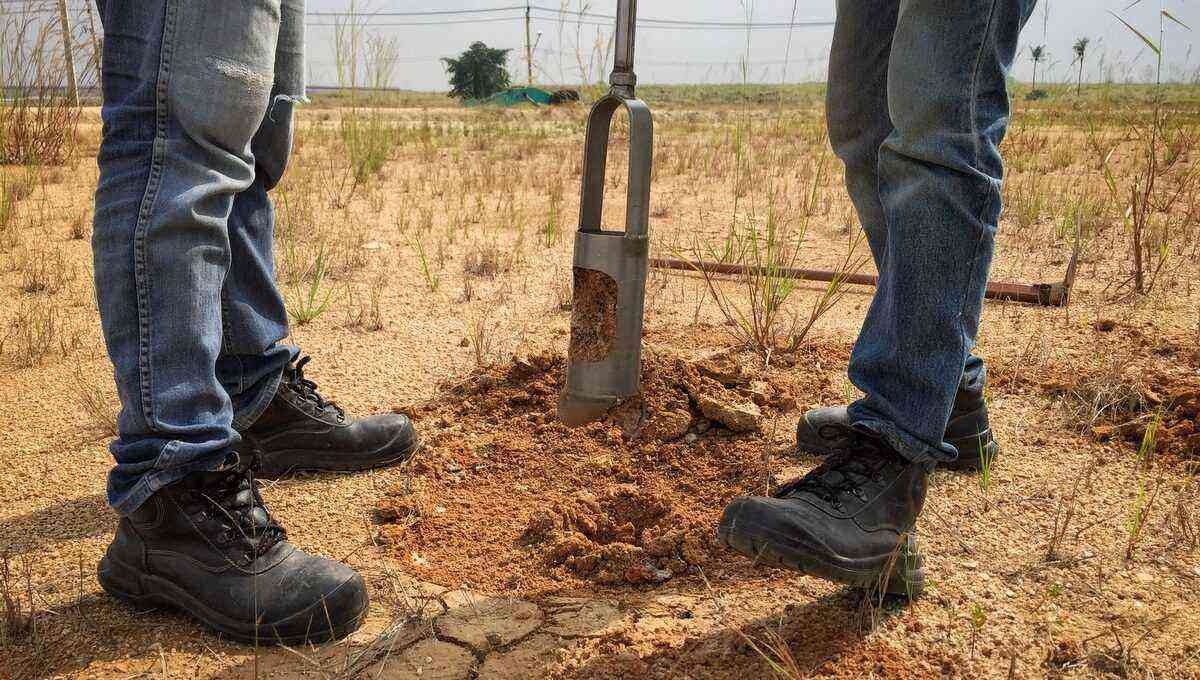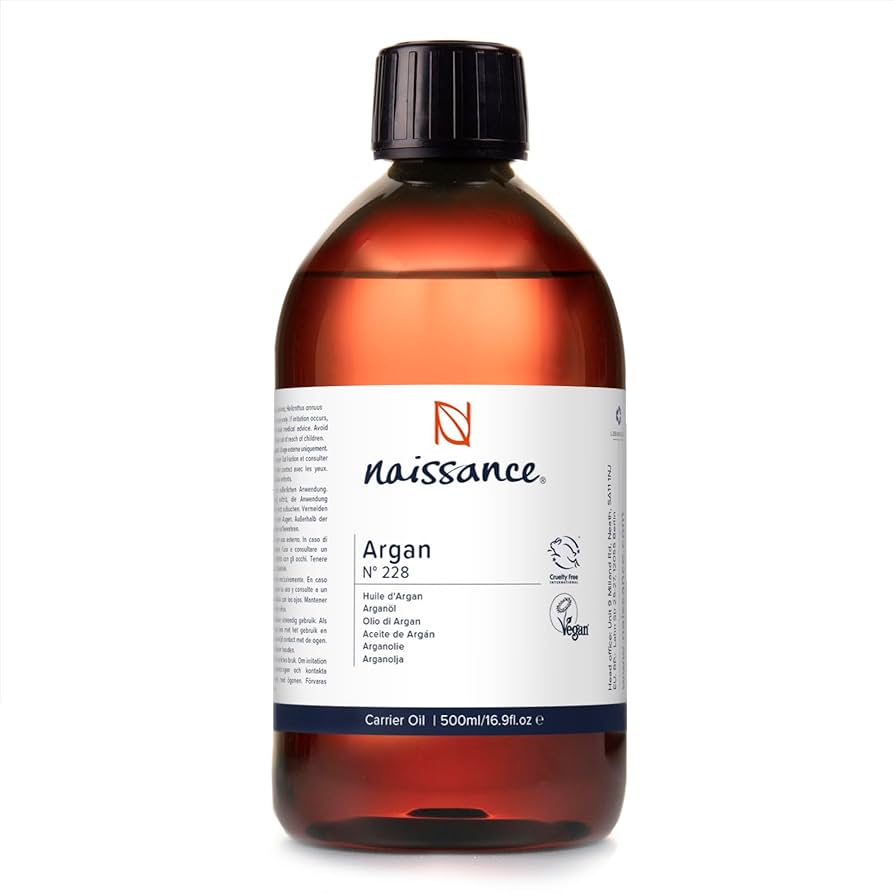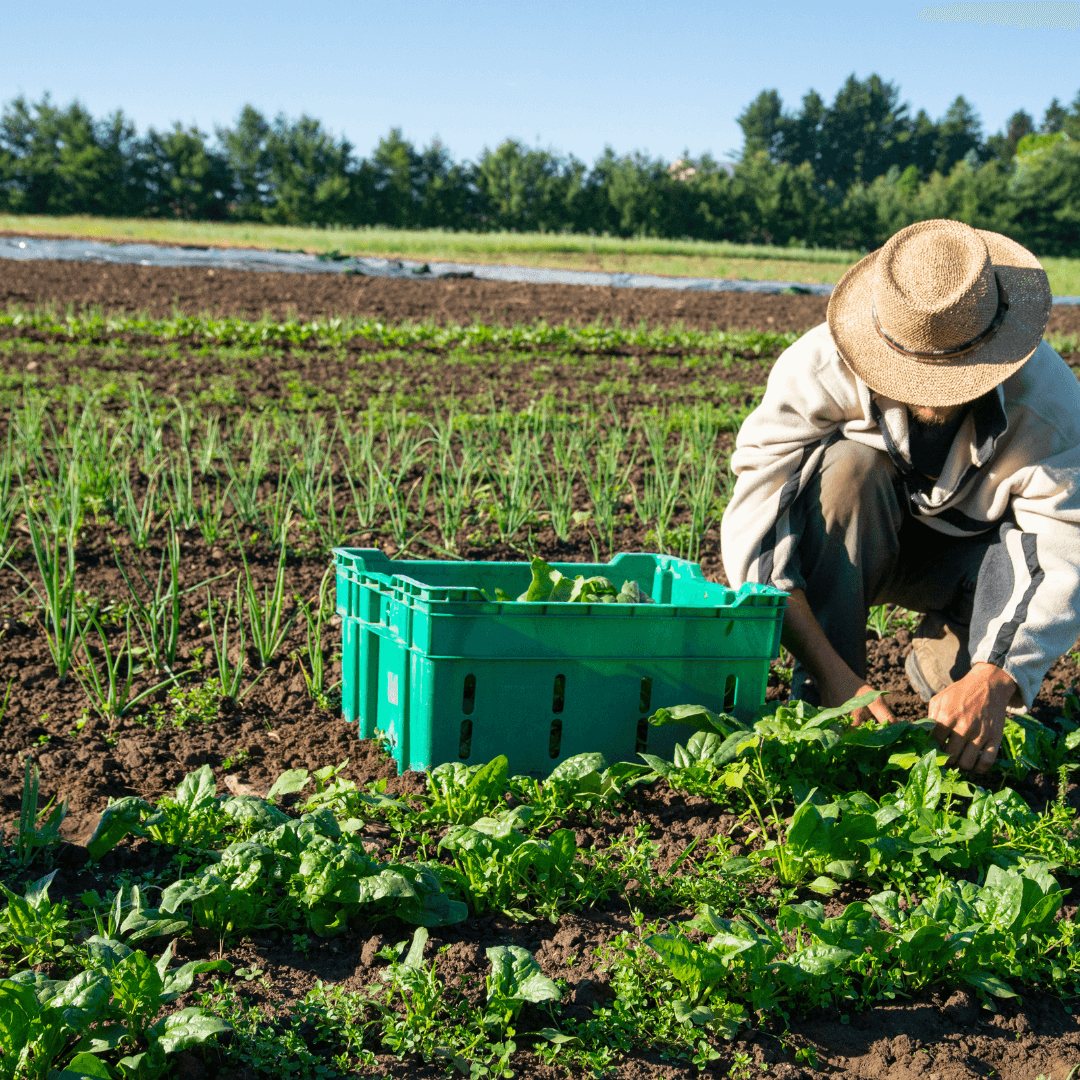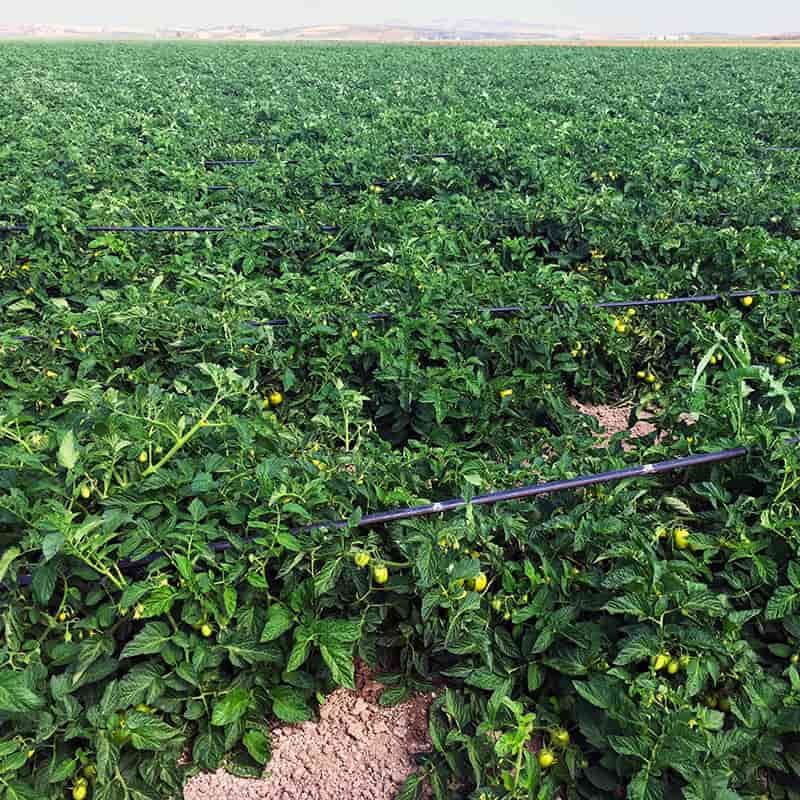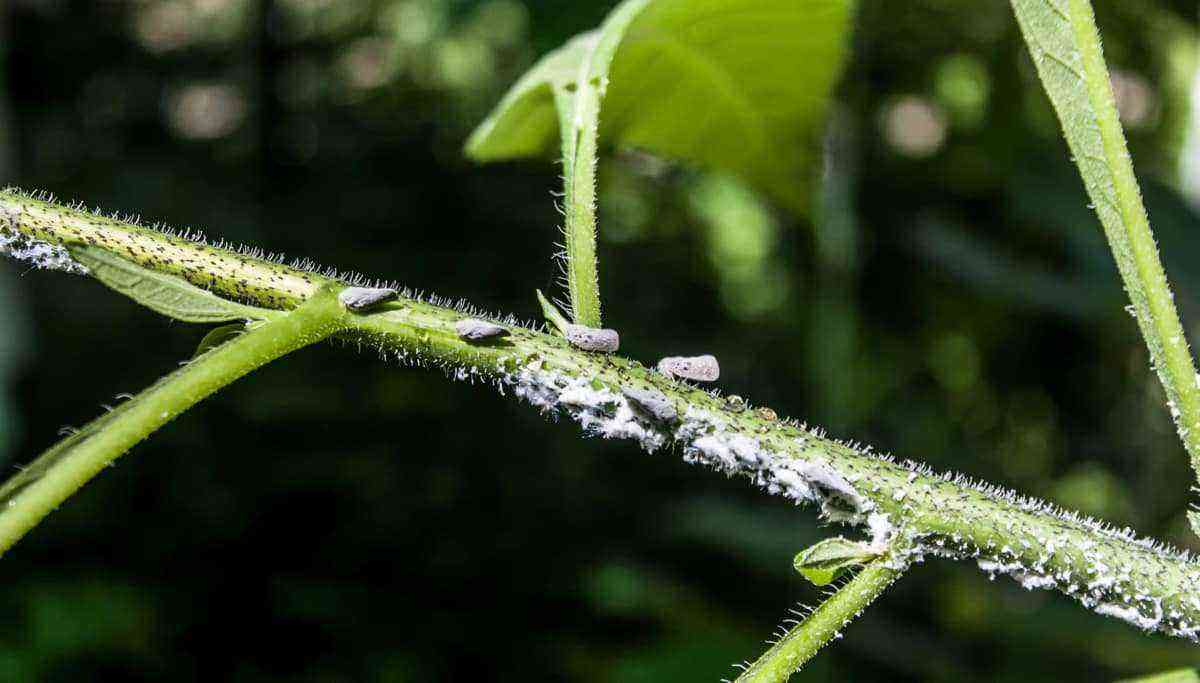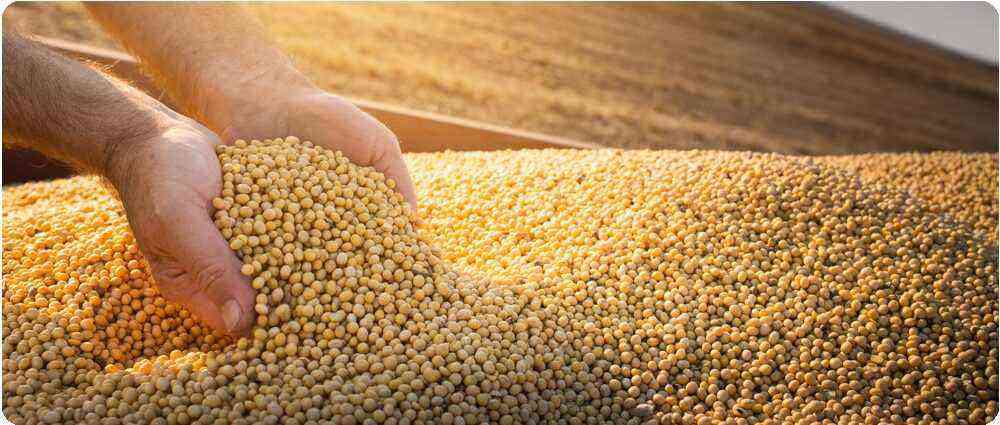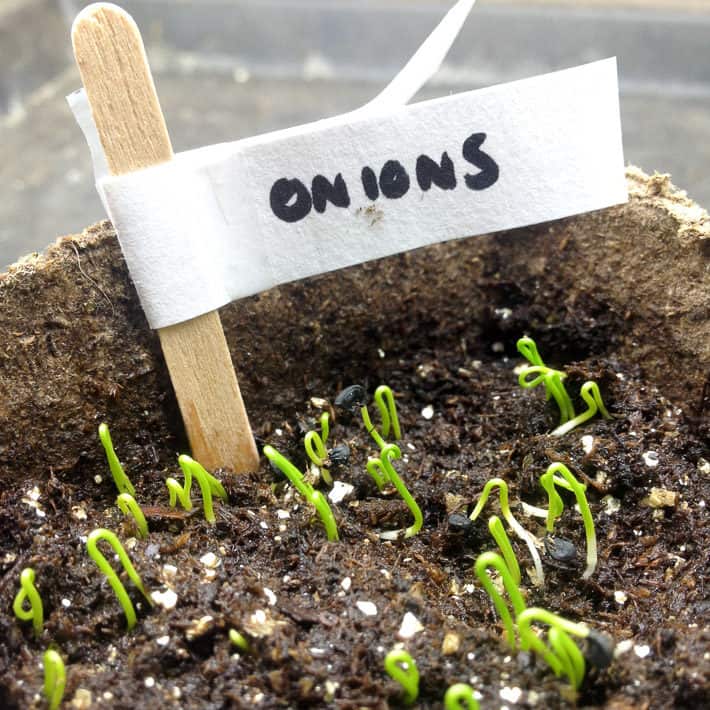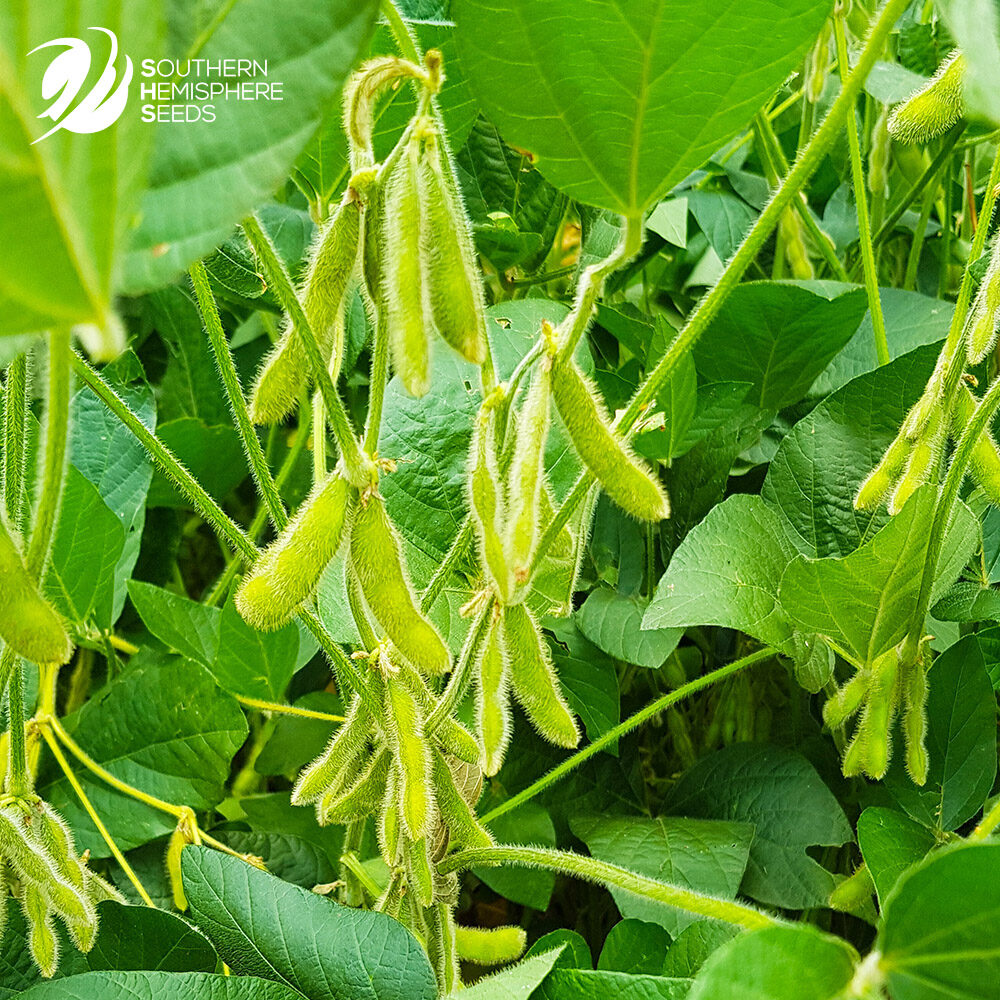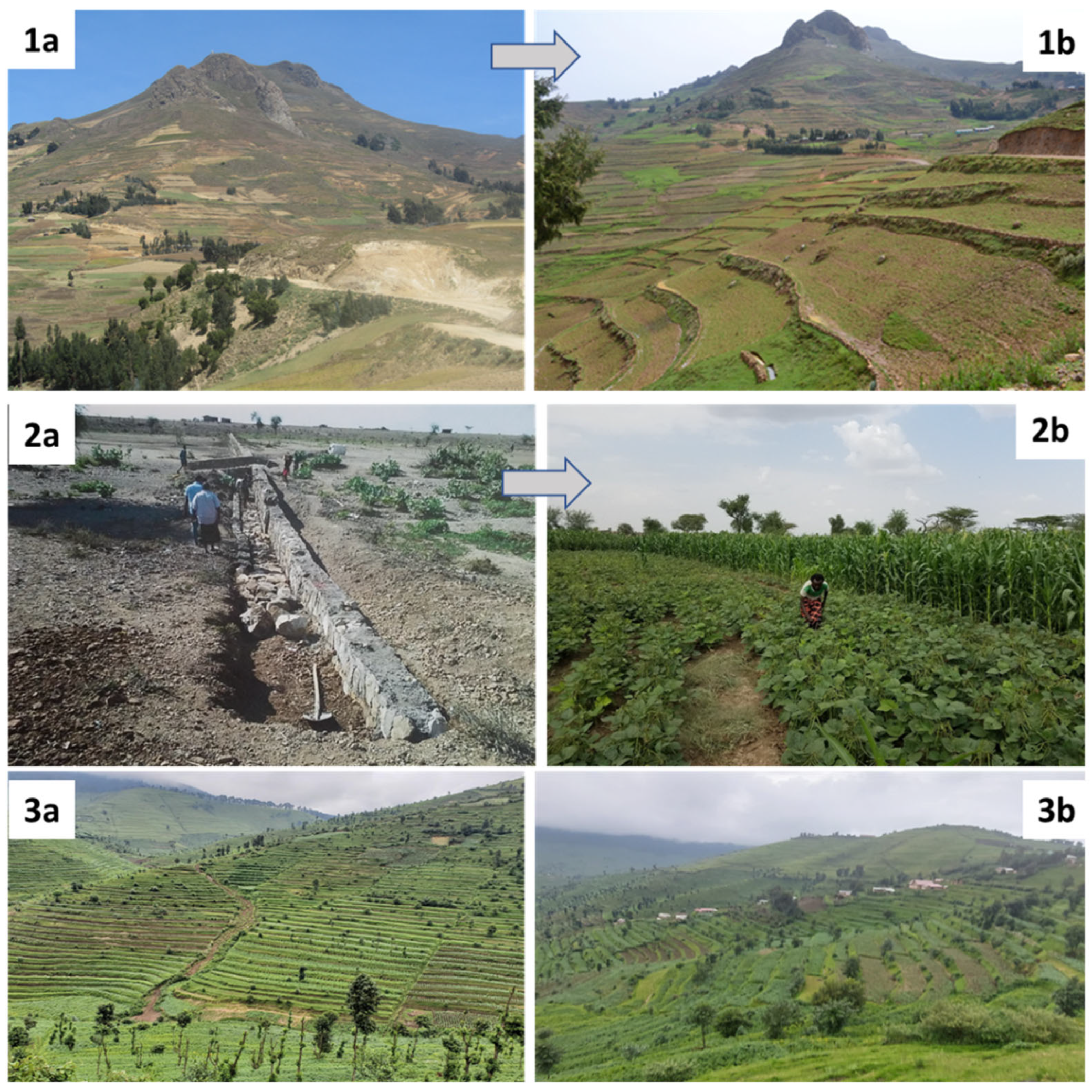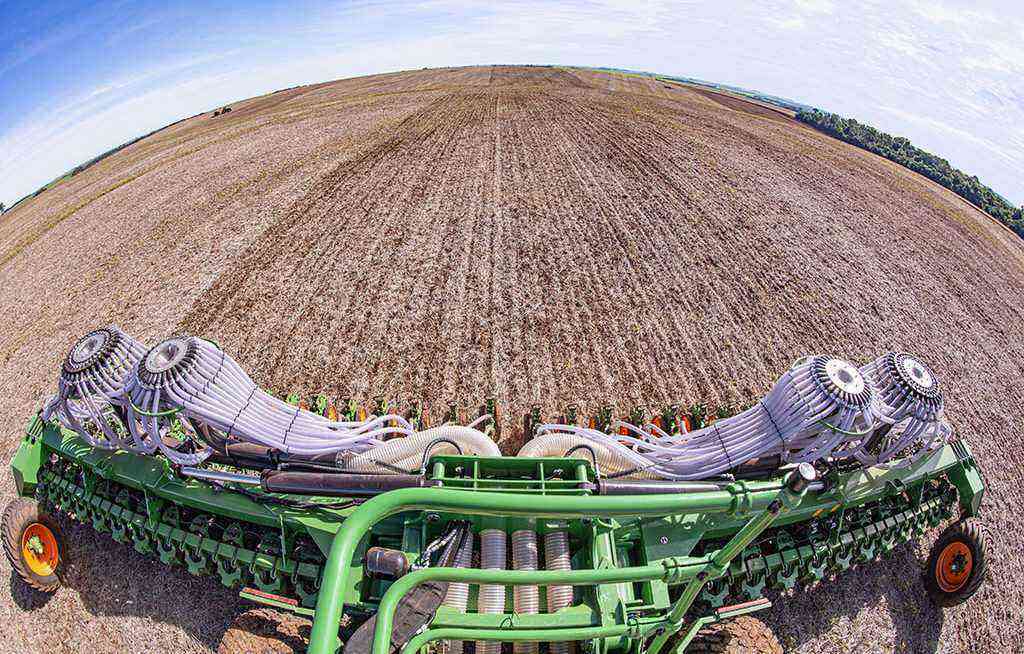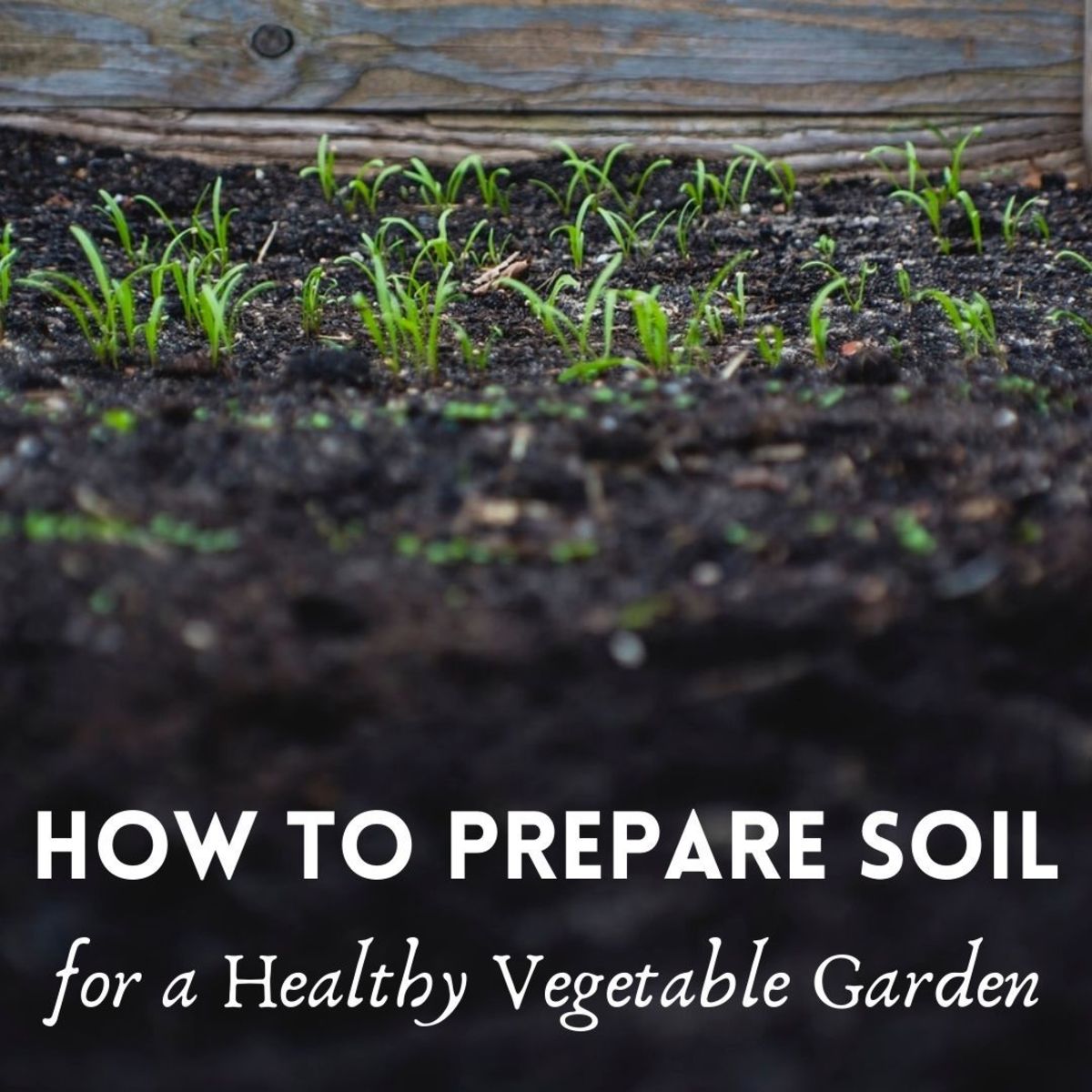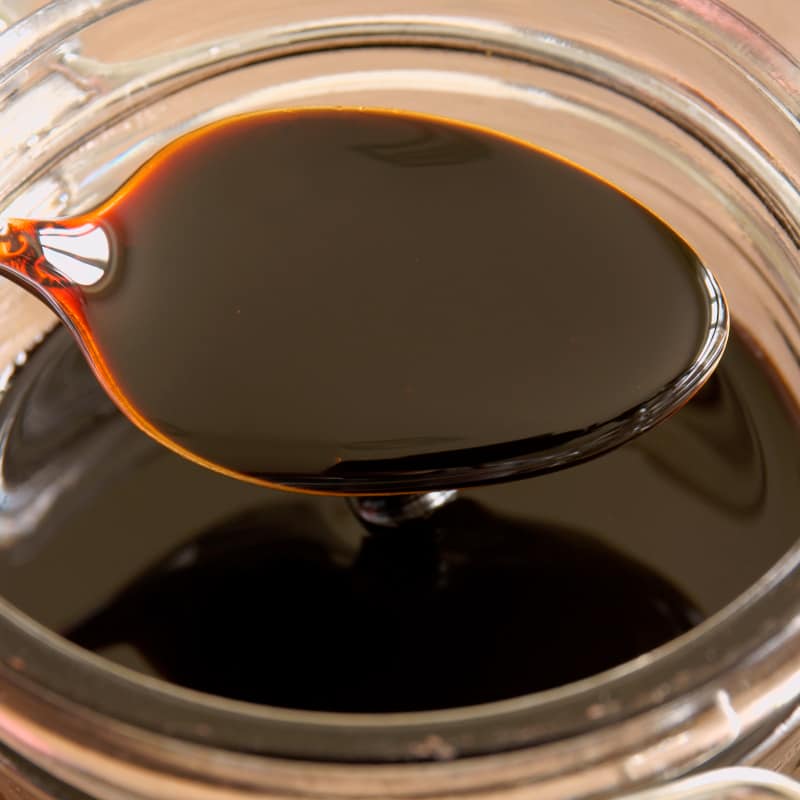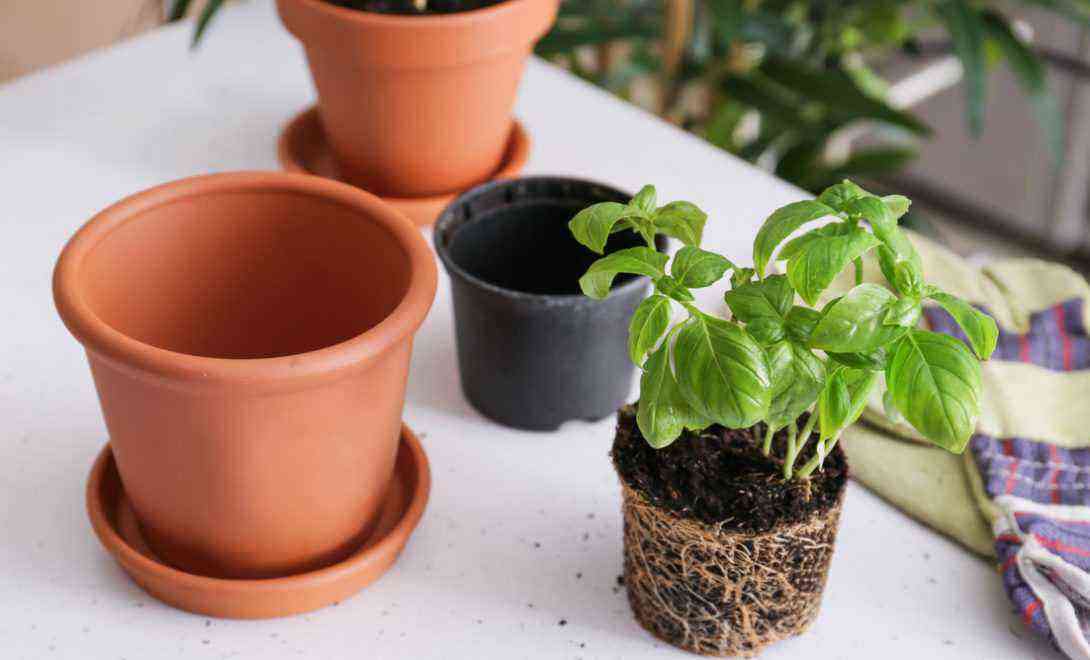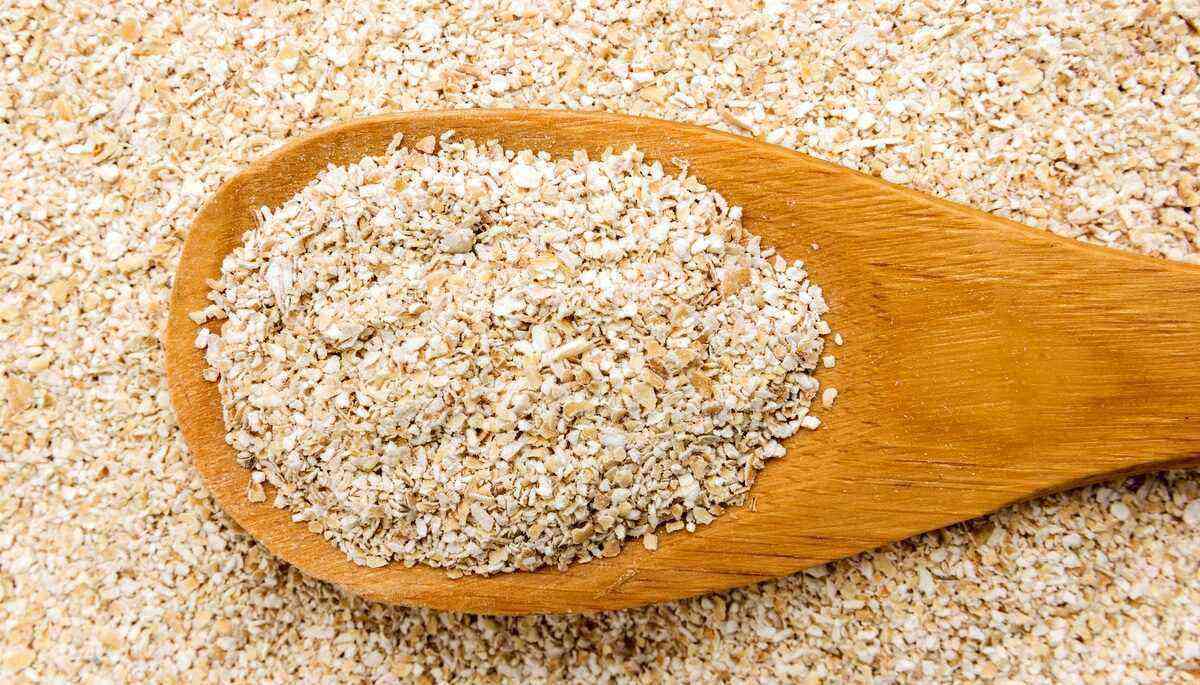Ginger (Zingiber officinale Roscoe) is a plant originally from Southeast Asia, widely used as a spice in oriental cuisine, and which has been increasingly widespread not only for its unique flavor, but also for the benefits it provides to the human body.
Also called mangarataia, this species that arrived in Brazil with the Portuguese colonists can be consumed fresh, dried, canned or candied. It is used in the festive season, to make Christmas cookies and also in marinades for chicken, fish and pork, as an ingredient in salad dressings, jams, juices and even beer.
In this article, we will talk about the benefits of consuming ginger and also teach you how to plant it, whether in a pot or in the ground. Follow up!
Ginger Benefits
You must have already come across recipes for juices containing ginger, which promise to help with weight loss. This is because ginger has a thermogenic effect, that is, it raises the body temperature, which results in greater calorie expenditure.
Another well-known recipe is ginger tea, indicated for cases of flu, coughs or colds, as it has a decongestant, expectorant and analgesic action.
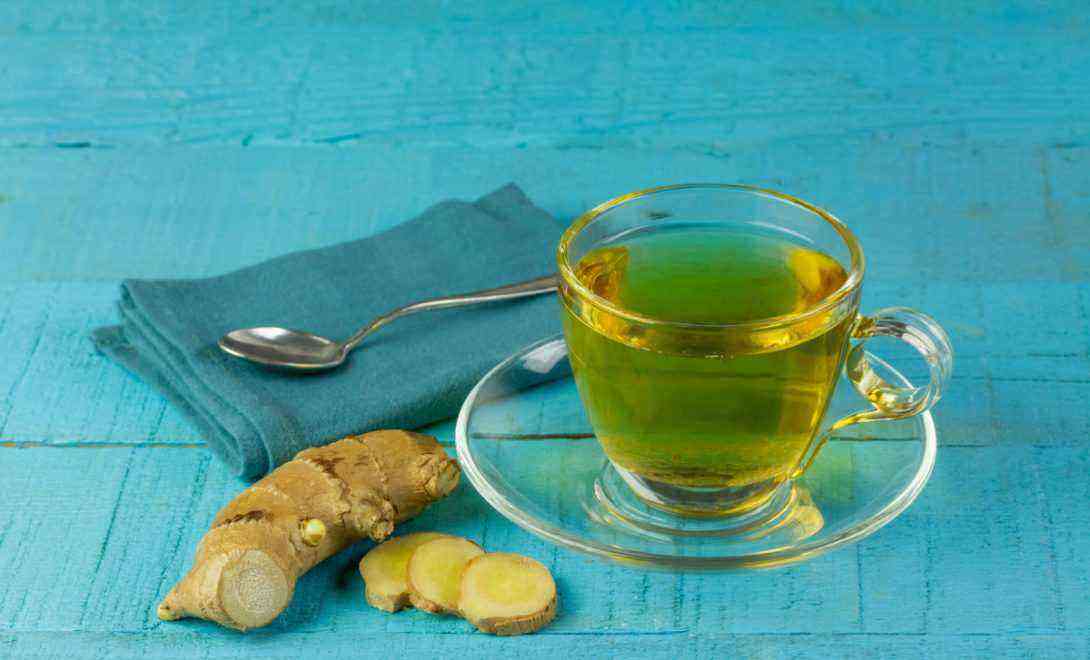 Ginger consumption also has benefits for the brain, improving memory and fighting mental decline.
Ginger consumption also has benefits for the brain, improving memory and fighting mental decline.
Speaking of analgesic action, ginger can also be used to relieve menstrual cramps and muscle pain. In addition, it has anti-inflammatory action, which makes it useful for relieving the symptoms of joint pain, such as arthritis. Its oil can even be used for massages on the spine and joints.
Ginger also acts on digestion, helping the pancreas to function better and generate enzymes that facilitate the absorption of nutrients. It also works by relaxing the gastrointestinal system, which helps in preventing nausea and emptying the stomach for people who suffer from dyspepsia.
It also helps fight bacteria Helicobacter pylori, the main cause of gastritis and stomach ulcers, and in the prevention of colon-rectal cancer. In addition, it collaborates with the improvement in insulin secretion, lowering blood sugar, helping to control type 2 diabetes.
Blood pressure is also benefited by taking ginger. It acts as a vasodilator and inhibits the formation of fatty plaques in the vessels, favoring circulation.
See also other features: Strawberry benefits you need to know.
Side effects of consuming ginger
Although ginger provides a number of benefits to the body, in some cases its consumption may be contraindicated.
People who use anticoagulant drugs should avoid it, as it increases the risk of bleeding. Those who have diabetes and high blood pressure can consume only under medical supervision, as ingestion can cause hypoglycemia and hypotension, respectively.
 Although extremely rare, it is possible to be allergic to ginger: watch out for symptoms of redness of the skin and rashes.
Although extremely rare, it is possible to be allergic to ginger: watch out for symptoms of redness of the skin and rashes.
Pregnant women can use a maximum of 1g of ginger per kg of their weight in their diet to relieve pregnancy sickness.
In addition, consumption too much should be avoided by everyone as it can lead to stomach pain and drowsiness.
how to plant ginger
Ginger is an herbaceous, perennial plant that adapts to tropical and subtropical climates. That is, it likes hot climates (preferably temperatures between 25 ºC and 30 ºC, but it accepts cultivation between 17 ºC and 35 ºC) and humid climates, requiring a lot of water for its cultivation, at the same time that it does not support soggy soils.
The propagation of ginger is vegetative, using parts of the rhizome, that is, the same part of the plant that we consume is also used to plant it. It is essential that the propagating material is healthy, free from pests and diseases.
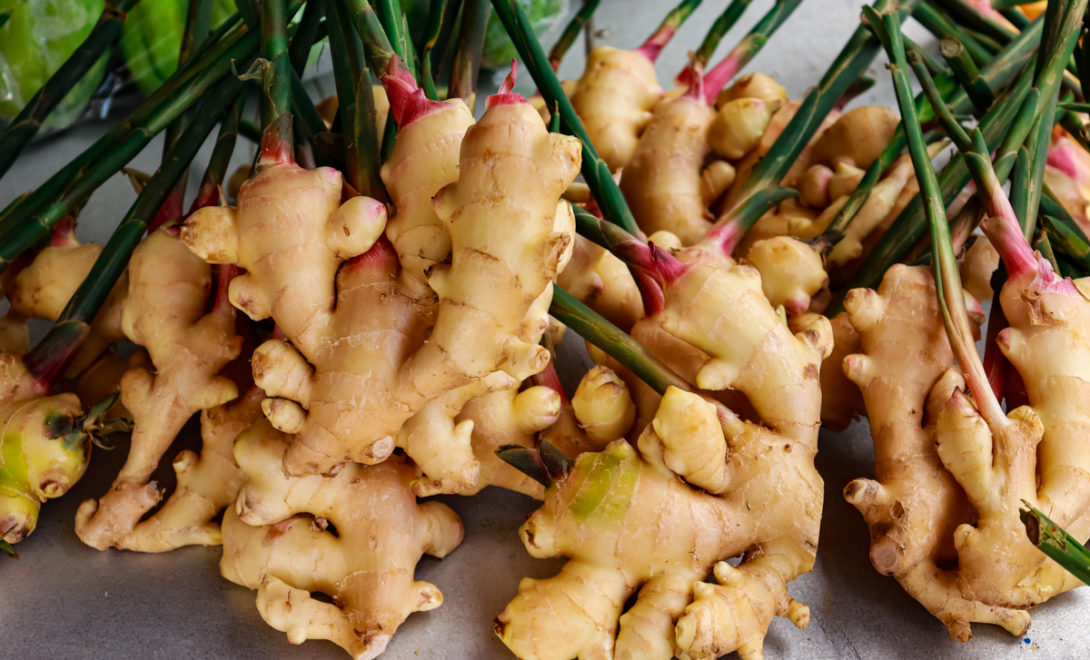 Always try to use rhizomes of good quality and in good phytosanitary condition.
Always try to use rhizomes of good quality and in good phytosanitary condition.
Planting is done in the rainy season, ranging from August to November depending on the region, with September being the most common. Regardless of the planting date, maturation occurs between June and July.
Ginger grows best in sandy loam, well-drained, fertile soils with a pH between 5,5 and 7, and rich in organic matter. Clay and compacted soils can deform the rhizomes.
Next, check out the step-by-step guide on how to plant this spice in pots.
How to plant ginger in a pot
First, choose the vase: it must be at least 30 cm high to support the growth of the ginger rhizomes. Then prepare the substrate: vegetable soil, organic fertilizer (earthworm humus, for example) and sand, in a ratio of 5:4:1.
Start by making the drainage layer at the bottom of the pot, adding expanded clay or rocks, then sand or a drainage blanket. Add the already homogenized substrate, leaving a space of about an inch remaining at the top of the pot.
Now it’s time to plant! You can choose a piece of ginger that is already sprouting, in which case, just dig a space in the pot, place it so that the sprout is facing up, and cover it with soil, leaving only the sprout out. .
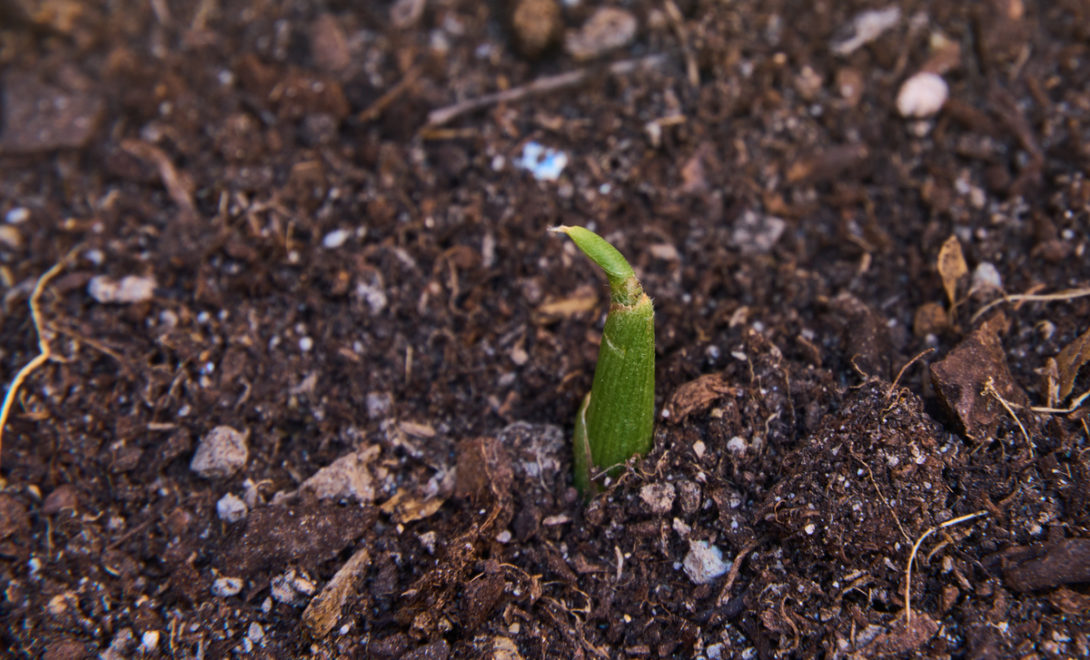 It is important to leave a good amount of space at the height of the pot, so that it is possible to cover the rhizomes with soil as they become visible.
It is important to leave a good amount of space at the height of the pot, so that it is possible to cover the rhizomes with soil as they become visible.
If the ginger does not have sprouts, you should bury it and wait for it to sprout, watering constantly. However, be careful not to water too much, otherwise the rhizome may rot. Some people prefer to arrange the ginger so that it is half covered in soil and half outside. In any case, it should take 15 to 20 days for a bud to start growing.
Once the ginger sprouts, it is enough to offer water and an environment with good light (it does not need to be in full sun) and it should grow, reaching about 1 meter in height. Just be careful to always cover the rhizome pieces with soil, as they appear as the plant grows.
To harvest, there is no need to uproot the entire plant. You can just cut a piece of ginger as needed and keep the rest in the vase.
 Ginger can also be grown in pots as an ornamental plant, featuring dark green leaves arranged in two rows.
Ginger can also be grown in pots as an ornamental plant, featuring dark green leaves arranged in two rows.
Read also: Maxixe: discover its benefits and how to plant at home.
How to plant ginger in the ground
As we said earlier, ginger likes hot and humid weather and sandy soils, so here in Brazil it is commonly grown in coastal areas, mainly in Espírito Santo, São Paulo, Paraná and Santa Catarina.
The most cultivated varieties of ginger are the Chinese Giant (Blue green ginger) and Japanese (Yellow ginger). In the southern region, the Havaiana, Jamaicana, Takahashi and IAC varieties are most used.
For planting, use pieces of rhizome of about 100 g, with 3 to 5 shoots, coming from healthy crops. The spacing can vary from 90 to 120 cm between rows and 20 to 30 cm between plants. The grooves should be 20 cm deep. After distributing the seedlings, cover them with 10 cm of soil.
 Cultivation of ginger and corn in intercropping.
Cultivation of ginger and corn in intercropping.
It is important that liming is carried out in order to prevent the occurrence of a physiological disorder called “alligator”, where cracks appear in the rhizome film. As for fertilization, when it is made organically, it provides a great differential in the yield of ginger, due to the gradual release of nutrients.
Irrigation should be done periodically, as ginger is a water-demanding plant, but the soil cannot be waterlogged to prevent the rhizome from rotting. Therefore, infiltration or localized irrigation systems are the most suitable, although the sprinkler system is still the most used.
In addition, during cultivation, the so-called “heaps” must be carried out, that is, with the aid of a hoe, soil is removed from the lower part of the ridge to place on top of the planting line. This is done to facilitate root development and protect the rhizomes from the sun.
The vegetative cycle of ginger can vary from 7 to 10 months. The harvest should be done when the plant presents reduction, yellowing of the leaves and wilting of the buds and flowers.
 After harvesting, the rhizomes must be washed and dried in the sun.
After harvesting, the rhizomes must be washed and dried in the sun.
So, was this text useful to you? If you liked it, enjoy and check out our article on how to grow spices in pots. Good reading!


